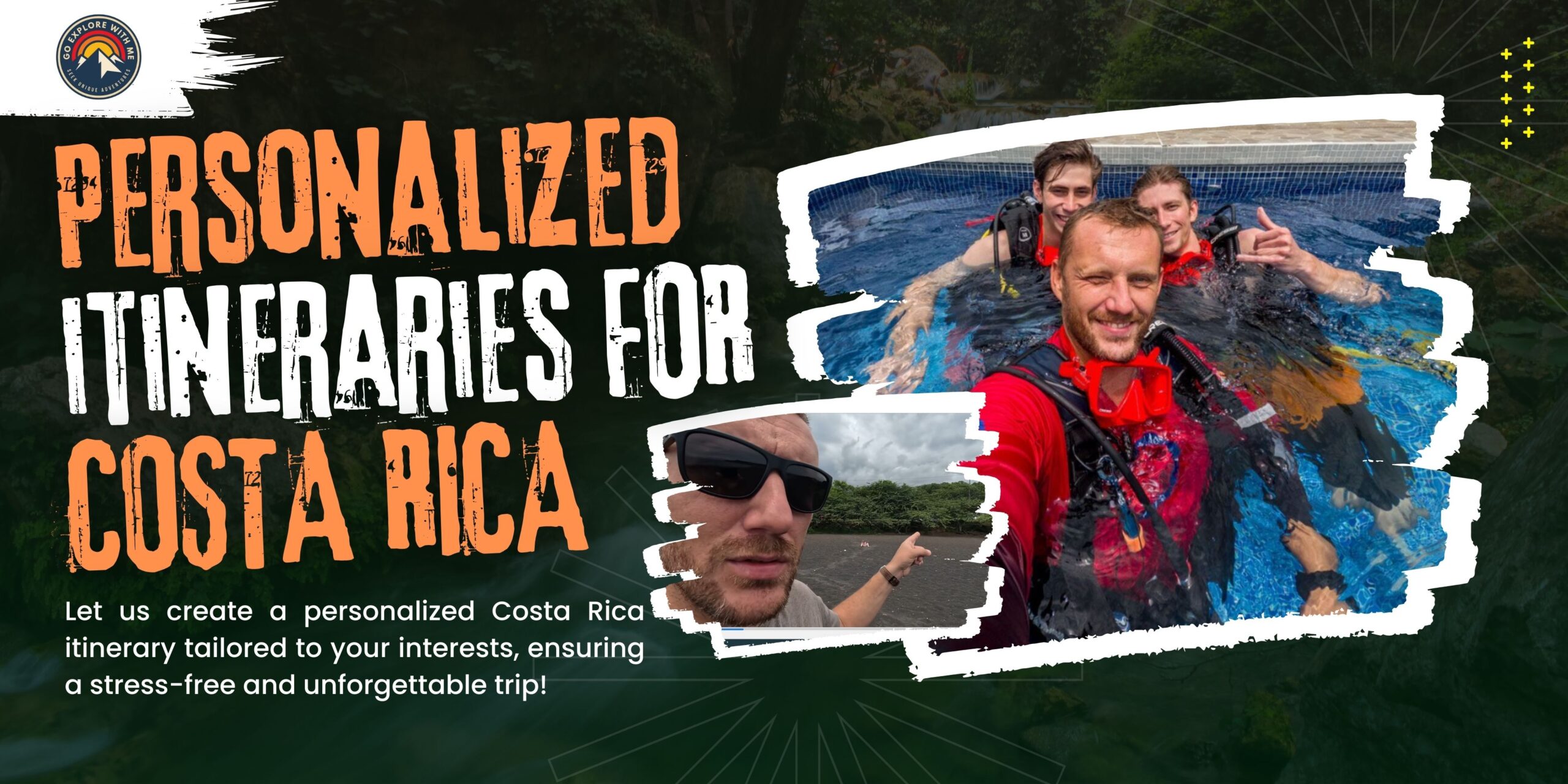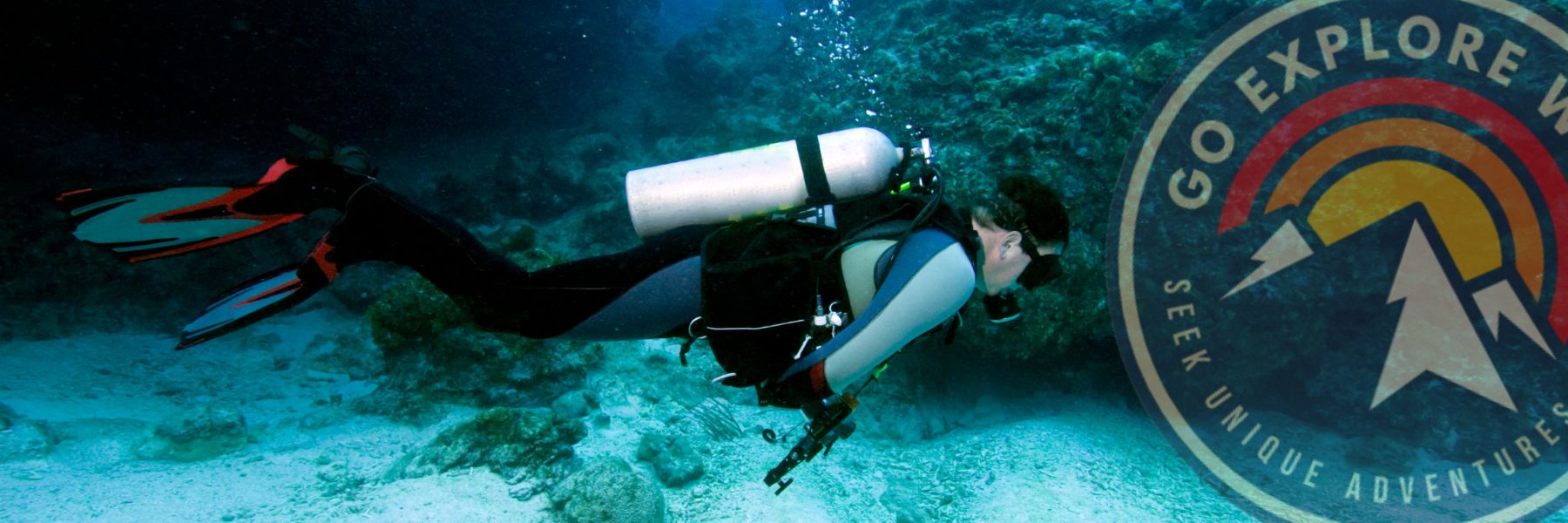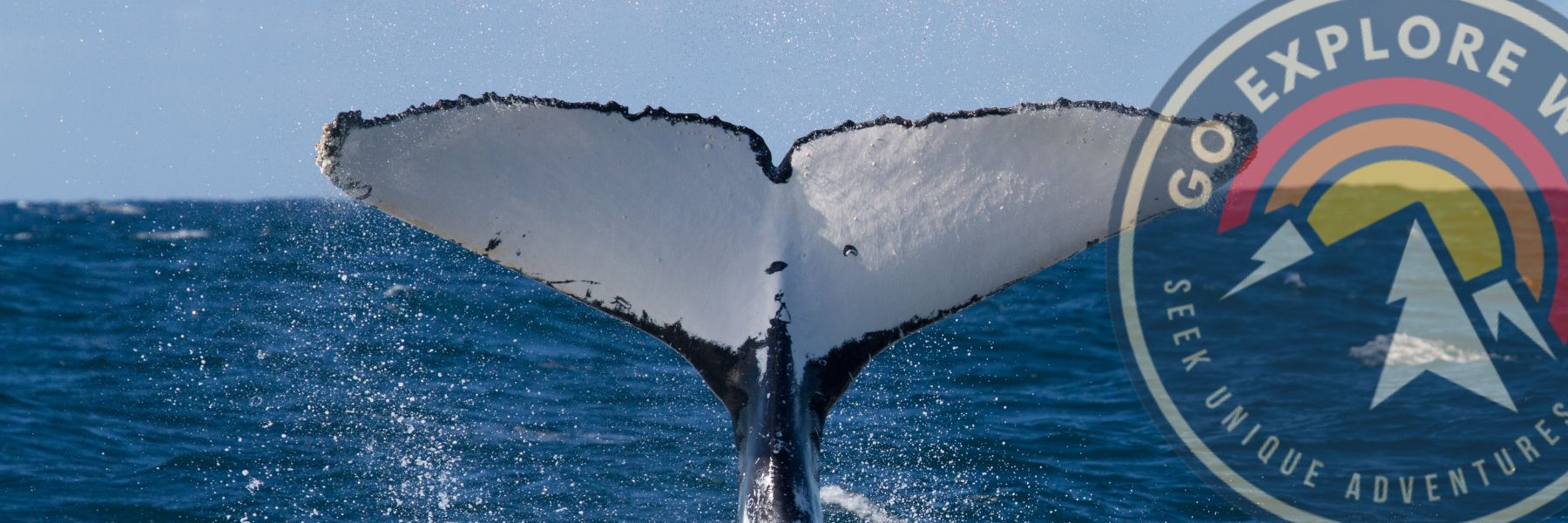Contents
Famous for being one of Costa Rica’s best-preserved tropical islands, Isla del Caño has remained in its natural state as a biological reserve. This small island is about 40-60 minutes off the Osa Peninsula and a sanctuary for marine life, among the most spectacular diving and snorkeling destinations Costa Rica has to offer.
What’s so special about Isla del Caño?
Harboring some of the world’s clearest waters, colorful coral reefs, and diverse marine life, it is unlike any other coastal travel. Get more travel inspiration, tips, and exclusive offers sent to your inbox. Clouds of tropical fish dart around the coral reefs, and schools of reef sharks and manta rays swim gracefully in the deep blue. Above the water, dolphins frolic in the waves, and, during migration season, humpback whales swim past, providing memorable views.

Besides its underwater wonders, the island has an interesting history. Formerly a burial ground for pre-Columbian civilizations, the island also boasts enigmatic stone spheres and perfectly carved stones whose purpose and provenance remain shrouded in mystery for archaeologists to this day.
Isla del Caño is a destination that lingers with you long after you have departed, whether you are an adventurer, a nature enthusiast, or someone in search of a break from daily life.
How to Get to Isla del Caño?
Getting to Isla del Caño is an adventure in its own right. It is off the Osa Peninsula’s coast, and the only way to get there is by boat. Drake Bay and Uvita are the most popular departure points, thanks to their booming ecotourism scene.
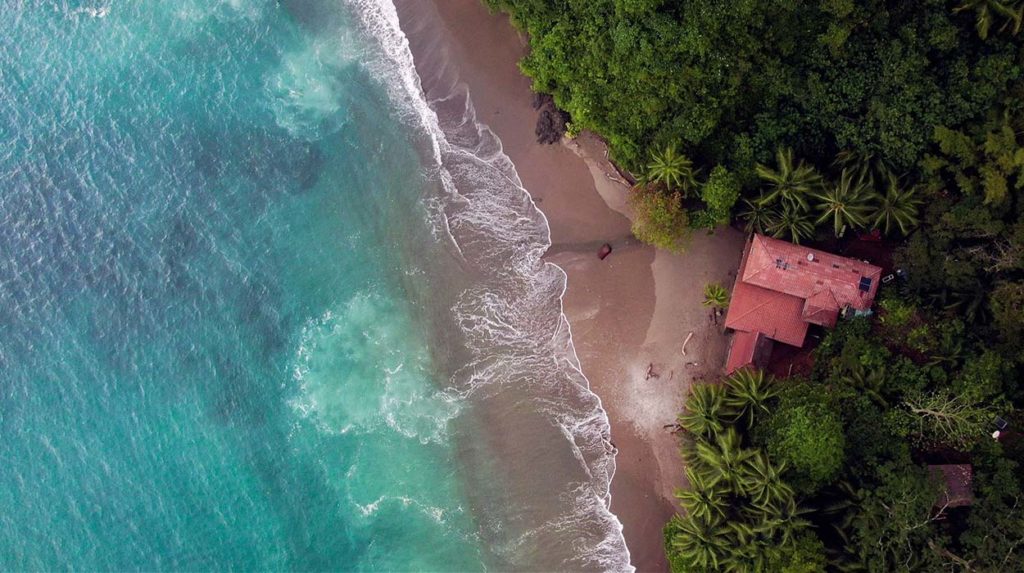
It’s a 35-minute trip from Drake Bay and a 60-minute ride across the open Pacific from Uvita.
When to Go: The most popular time to visit is during the dry season (December to April), when the waters are calmer and visibility is best for snorkeling and diving. The rains are between May to November, but the rainy season offers its own beauty when green luscious views are everywhere and very few tourists are around.
Visitors come on organized tours that include boat transportation for snorkeling or scuba diving. Because Isla del Caño is a protected biological reserve, access is regulated – no overnight stays are allowed, and the number of visitors is limited to help protect its delicate ecosystem.
Isla del Caño is a diver’s paradise
The only protected marine reserve on Costa Rica’s Pacific coast, the waters around the island are home to some of the healthiest coral reefs on that coastline.
Visibility can be better than 20 meters (65 feet), but even when it’s not, the scenery in the underwater world is stunning.
For snorkelers, the experience is just as stunning. Tucked just below the surface, colorful brain corals, fan corals, and staghorn corals host a myriad of marine species. Schools of parrotfish, angelfish, and butterflyfish swim in undulating patterns in the blue waters and sea turtles glide past.
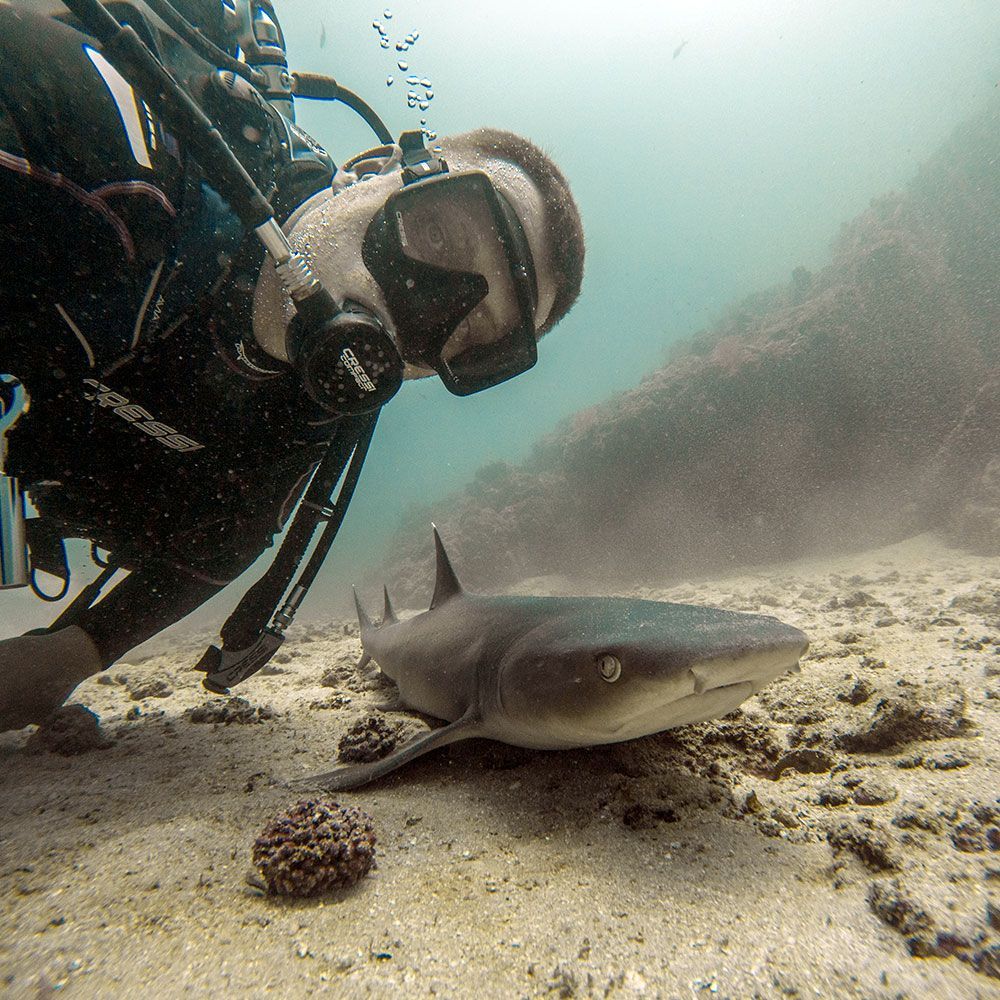
Divers visit deeper sites, where sightings of white-tip reef sharks, rays, and even hammerhead sharks are typical. The island’s volcanic rock formations make for an underwater maze of caves, arches, and ledges thriving with life. Among the best dive sites are El Bajo del Diablo, a dramatic submerged mountain range, and Paradise, which is known for its flourishing marine biodiversity.
Isla del Caño is home to one of the most memorable underwater adventures in all of Central America due to warm waters year-round and an overabundance of sea life.
Wildlife and Biodiversity: A Marine Sanctuary Like No Other
Isla del Caño, a divers’ enclave, is a playground for some of the ocean’s most spectacular creatures. As a biological reserve of protection, the island and its surrounding waters boast outstanding biodiversity of marine and terrestrial species.
Underwater, white-tip reef sharks, manta rays, and sea turtles abound. Reefs are swarming with schools of jackfish, barracuda, and snapper, while off the deep, dark water at times brings the sight of a hammerhead shark. From July to October and December to March, humpback whales pass through the area, providing visitors with a chance to see these leviathans breach just offshore.
Above the water, the island is cloaked in dense tropical rainforest, home to exotic bird species such as frigatebirds and brown boobies. Because visitors aren’t permitted access to the island’s interior, they can enjoy its unspoiled beauty from the coastline.
Despite strict conservation measures, Caño Island is one of Costa Rica’s most untouched natural wonders, so future generations are still able to experience its incredible biodiversity.
My Experience: Visiting Isla del Caño Year-Round
As a resident of Uvita, I have been fortunate enough to visit Isla del Caño many times, during all seasons. Every ride is different – sometimes it’s the thrill of the weather or dolphins passing by the boat, other times it’s the silence beneath the waves.
On sunny days, visibility is splendid and, with crystal-clear waters, the full glory of the reefs is on display. But I’ve also gone out in the rainy season, when the ocean can be volatile. Some days, when the currents are stronger, the boat ride can be rough, but that also seems to be when the marine life is at its most vibrant. I have had moments when manta rays swooped over my head like birds underwater and when I floated in schools of fish, feeling like just another member of the ocean.
Every time we visit Isla del Caño, it reminds us why this is such a special place. Each time I visit, it is different — it’s a world that is always evolving and surprising, which makes each new visit unique.
Hiking Trails and Scenic Viewpoints: Exploring Isla del Caño on Land
Although Isla del Caño is mostly known for its underwater landscape, there are also a couple of hiking trails and scenic viewpoints on the island for those who’d rather stay on land. The island’s sheltered rainforest features well-groomed trails to cliffside lookout points with sweeping views of the Pacific Ocean and surrounding marine reserve.

The hikes are relatively brief and accessible, giving visitors a strong alternative if they’re not interested in snorkeling or diving. So, to show Isla del Caño’s beauty above the water, wading through the thick green and listening to the sounds of nature around you is serene and immersive. Whether you’re an experienced hiker or simply seeking a peaceful place from which to take in the views, the island presents a unique opportunity to experience the wild side of Costa Rica.
Note: Access to some trails is strictly regulated to protect the island’s delicate ecosystem. Some trails are closed periodically due to conservation efforts or weather conditions, and hiking is only permitted with a certified guide. Visitors interested in exploring the island on foot must register with park rangers upon arrival and follow all guidelines to minimize environmental impact.
Practical Travel Tips for Isla del Caño
If you’re preparing for a trip to Isla del Caño, here are a handful of important things to consider:
- Best Time to Visit: December through April is the dry season, providing the best conditions for diving and snorkeling. The rainy season (May–November) makes for choppier seas but fewer tourists and great whale-watching opportunities.
- How to Get There: The majority of tours leave from Drake Bay (45 min by boat) or Uvita (60 min by boat).
- Entry Fees & Regulations: There is a limit on the number of visitors a day to the biological reserve to protect the environment. Entrance fees are generally included in tours; overnight stays are prohibited.
- Book Through Tour Operators: Use licensed eco-tourism operators to ensure that your visit will be responsible. Most include guided scuba diving or snorkeling trips and marine animal spotting.
- What to Bring: Reef-safe sunscreen, rash guard, waterproof camera, and motion sickness medication (if you’re prone to seasickness).
Keep these tips in mind to get the most out of your adventure on this stunning island, and to ensure your experience is as memorable as it is respectful of the island’s vulnerable ecosystem.
The Mystery of Pre-Columbian Stone Spheres
Caño Island is not only a natural paradise — it is also a place of profound historical and cultural importance. The island was once a ceremonial and burial ground for the native people, who left one of Costa Rica’s most intriguing archaeological puzzles: the stone spheres.
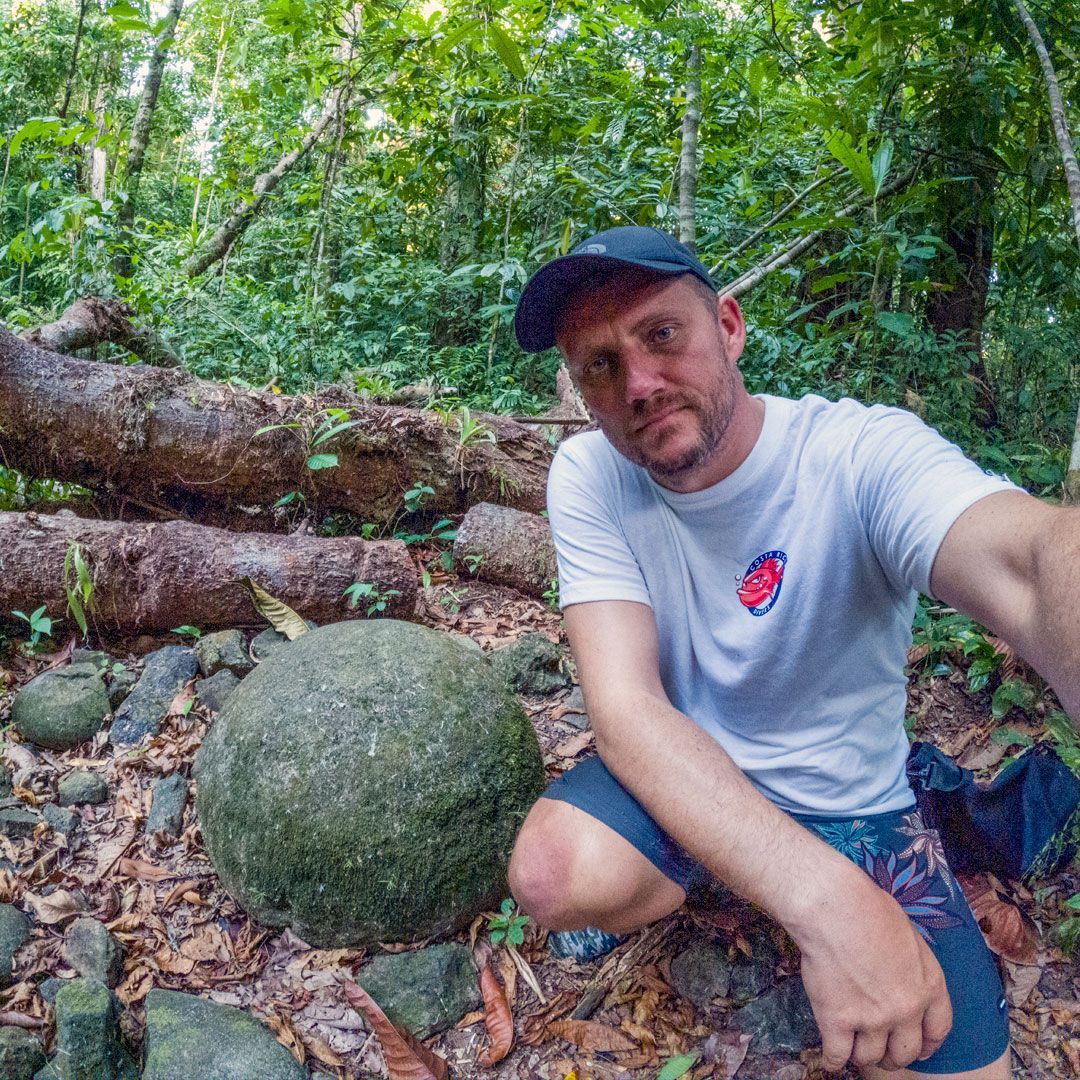
These spherical and deliberately crafted stones, some larger in diameter than 2 meters, have confounded archaeologists for more than half a century. Their purpose is still a mystery—some theories propose they were status symbols, astronomical markers, or part of religious rituals. While many of these spheres were picked up over time, Isla del Caño has retained traces of the island’s pre-Columbian past.
A trip to the island isn’t a nature visit—it’s an exploration of the mysteries of an ancient civilization that thrived along the coast of Costa Rica.
Conclusion: Why Isla del Caño Should Be on Your Bucket List
This island is not just another travel destination—it’s a portal into Costa Rica’s natural and cultural heritage. Whether it’s the colorful marine life and beautiful coral reefs that thrive in the waters around the island, or the rich history of the indigenous peoples who have long inhabited the land, there’s plenty for divers, snorkelers, wildlife enthusiasts, or history buffs.
Whether you’re swimming around the coral reefs, watching humpback whales breach, or trying to make sense of ancient stone spheres, Isla del Caño is a unique experience.
This little-known treasure of Costa Rica is a must for the adventurer and nature lover alike.


